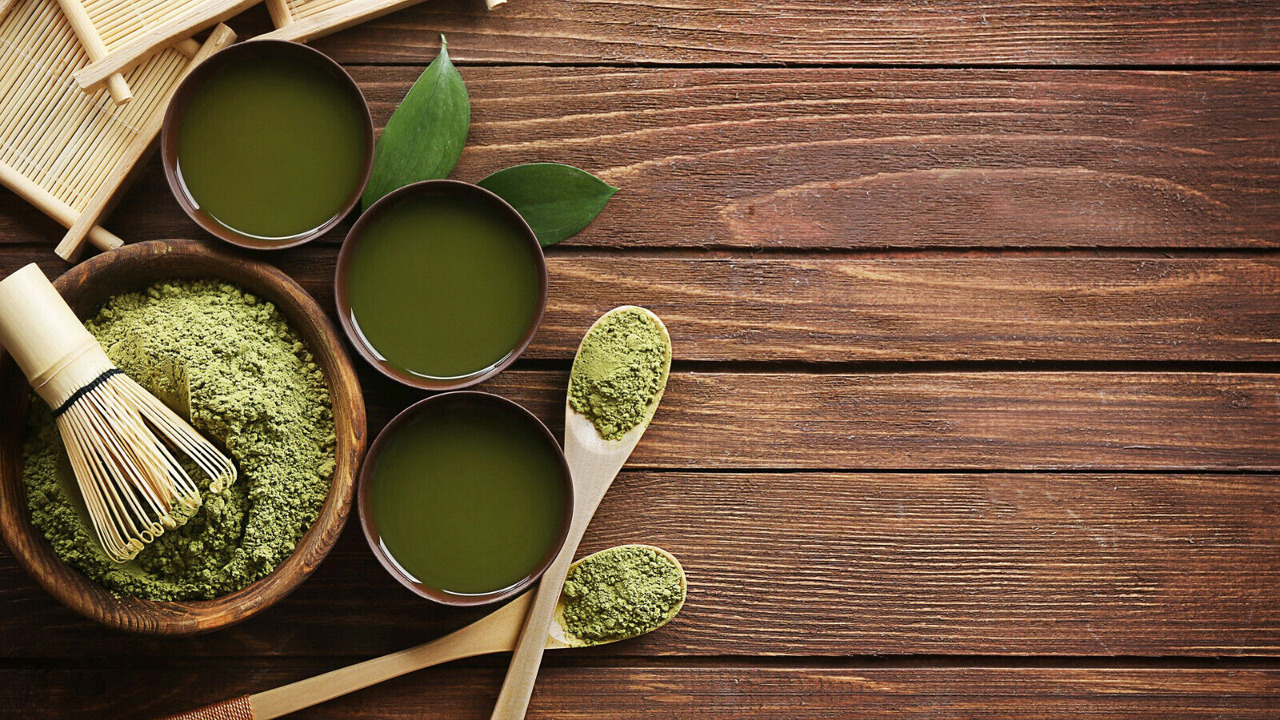The History and Health Benefits of Matcha Green Tea

Matcha green tea, with its vibrant color and distinctive flavor, has become a popular beverage worldwide. Originating from Japan, this powdered green tea has a rich history and a plethora of health benefits that make it a favorite among tea enthusiasts. In this article, we will delve into the origins of matcha, its traditional significance, and the numerous advantages it offers for both mind and body.
History
Matcha green tea has deep roots in Japanese tea culture, dating back to the 8th century when it was introduced by Chinese monks. However, it was during the 12th century that matcha became an integral part of the Japanese tea ceremony, known as the Chanoyu or Chado, emphasizing the preparation, serving, and drinking of matcha.
The unique cultivation and processing methods of matcha distinguish it from other green teas. Before harvesting, tea plants are shaded from direct sunlight for about 20-30 days, enhancing the chlorophyll content and giving the leaves a vibrant green color. After harvest, the leaves are steamed, dried, and stone-ground into a fine powder, creating the distinctive matcha powder we know today.
Traditional Significance
Matcha has been associated with Zen Buddhism and the Japanese tea ceremony for centuries. The preparation and consumption of matcha in a ceremonial setting emphasize mindfulness, focus, and a connection to nature. The ritualistic aspects of the tea ceremony have helped foster a sense of tranquility and appreciation for the present moment.
Health Benefits
- Rich in Antioxidants: Matcha is renowned for its high antioxidant content, particularly catechins, which have been shown to have oncological disease-fighting properties and help protect against free radicals.
- Enhanced Calmness and Focus: L-Theanine, an amino acid present in matcha, promotes relaxation and helps reduce stress. This, combined with a moderate amount of caffeine, creates a state of alert calmness, improving focus and concentration.
- Boosts Metabolism and Burns Calories: The combination of caffeine and catechins in matcha has been linked to increased metabolism and fat burning. Regular consumption may assist in weight management.
- Detoxification: Chlorophyll, responsible for matcha's vibrant green color, is believed to aid in detoxification by helping the body eliminate heavy metals and harmful toxins.
- Improved Heart Health: Studies suggest that regular consumption of green tea, including matcha, may contribute to a lower risk of cardiovascular diseases by reducing cholesterol levels and blood pressure.
How to Enjoy Matcha
- Traditional Matcha Tea: Whisk 1-2 teaspoons of matcha powder with hot water until frothy. Enjoy the authentic taste and experience the ritualistic preparation.
- Matcha Latte: Combine matcha powder with steamed milk and a sweetener of choice for a creamy and flavorful matcha latte.
- Matcha Smoothies and Desserts: Incorporate matcha into smoothies, ice cream, or baked goods for a unique and healthy twist.
Conclusion
Matcha green tea stands out not only for its distinctive flavor but also for its rich history and myriad health benefits. As we continue to explore and appreciate diverse tea cultures, matcha remains a symbol of mindfulness, tradition, and well-being. Incorporating this vibrant green elixir into our daily routines may not only delight the taste buds but also contribute to a healthier and more balanced lifestyle.